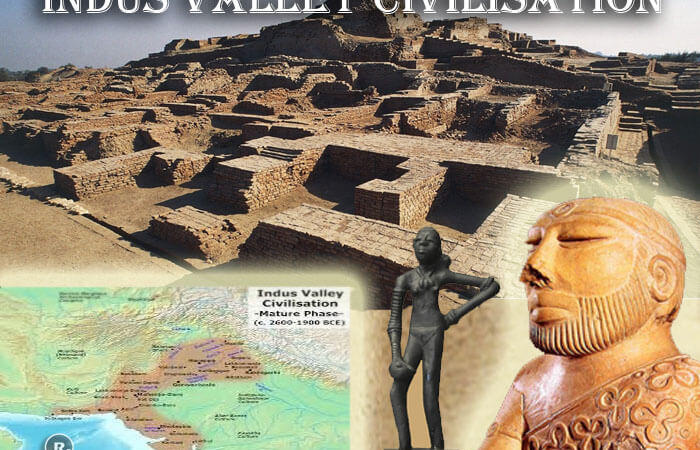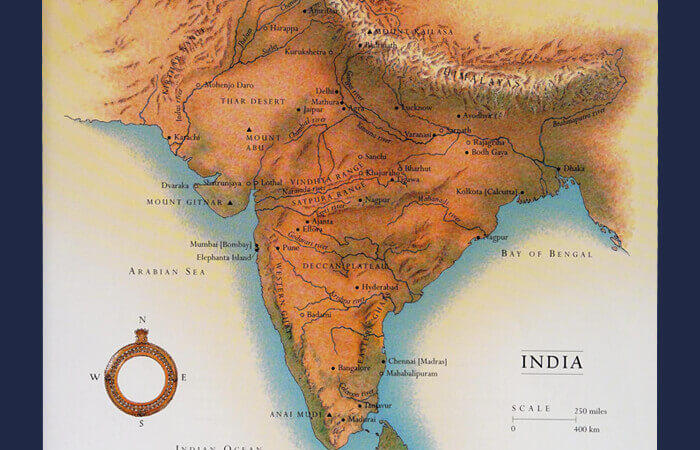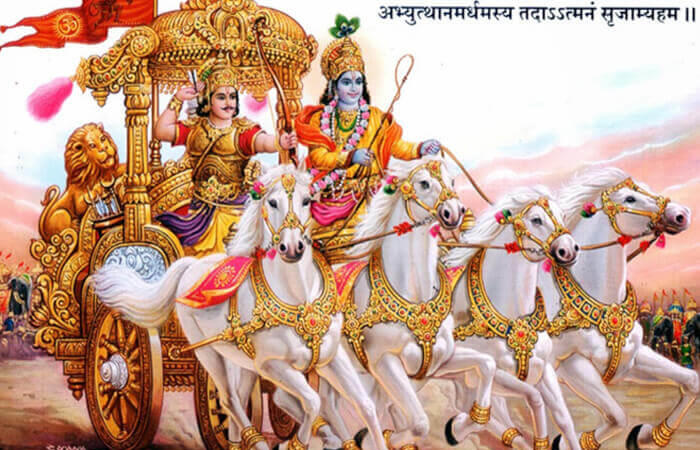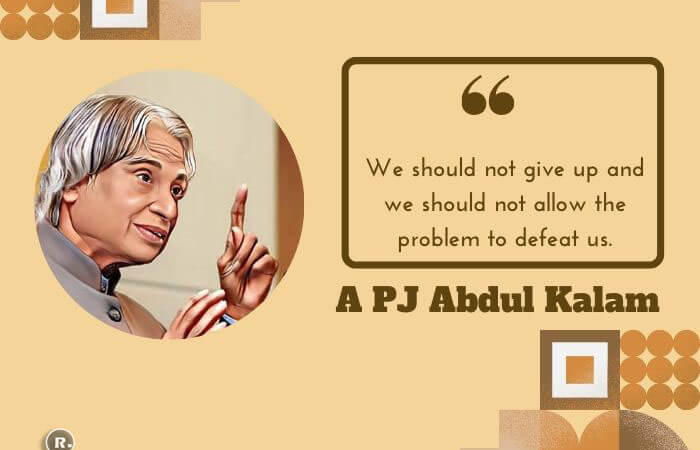Bankim Chandra Chatterjee (1838–1894)
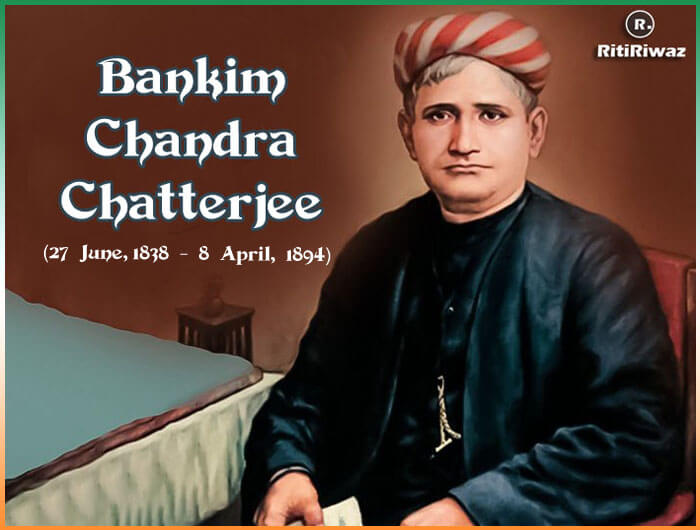
Bankim Chandra Chatterjee or Bankimchandra Chattopadhyaya was a famous Bengali poet, writer, and journalist who contributed significantly toward the creation of modern Bengali prose, freed from its earlier dependence on Sanskrit literary styles. He successfully developed the literary form of the novel, soon emerging as the first major novelist in the Bengali language.
The song “Bande Mataram,” first appearing in his novel Anandamath (1882), was an evocative expression of this nationalism and is today acknowledged as the “national song” of independent India. He was more than just the father of the Indian national song. Bande Mataram expresses Bankim Chandra’s vision of Mother India as a goddess and of a woman as holy and venerable. His vision ignited the imagination of the whole of Bengal and the rest of India.
Fast Facts
Birthday: June 27, 1838
Birth Place: Naihati, Bengal Presidency, British India
Spouse/Ex-: Rajlakshmi Devi
Father: Yadav (Or Jadab) Chandra Chattopadhyaya
Mother: Durgadebi
Died On: 8 April 1894 (aged 55)
Place Of Death: Kolkata, Bengal Presidency, British India
Famous for: Vande Mataram Song
Early Life
Chattopadhyay was born in a small village Kanthalpara near Naihati, Bengal on 27th June 1838. He was born in a conservative Bengali Brahmin family. Bankim had two elder brothers. Bankim Chandra’s entire family was educated and prosperous. His father was in a government job, which later became the Deputy Collector of Midnapur in Bengal. Bankim Chandra and his brothers did their schooling at a government school in Midnapur.
Bankim Chandra was interested in reading and writing since childhood. He wrote poetry for the first time during his school days. Bankim Chandra was more interested in Sanskrit than the English language, there is a reason behind it. Once in school, his English teacher beat him for not learning English, after which Bankim Chandra was irritated by the English language itself. Bankim Chandra was also ahead in studies as well as sports. In school, he was known as a good hardworking student.
Bankim Chandra graduated from Hooghly Mohsin College (founded by Bengali philanthropist Muhammad Mohsin), then he went to Presidency College, from where he graduated in Arts in 1858. Later he attended the University of Calcutta and later he also got a law degree in the year 1869. After obtaining the degree in Law he followed his father’s footsteps, Bankimchandra joined the Subordinate Executive Service.
Bankim Chandra got married in only 11 years, at that time his wife was just 5 years old. His wife died after 11 years of marriage when Bankim was 22 years old. After this, Bankim Chandra married the second time to Rajalakshmi Devi, after which they had three daughters.
Career
Bankim Chandra first started publishing work with Ishwar Chandra Gupta. He used to write in his weekly newspaper “Sangba Prabhakar“. He considered his ideal Ishwar Chandra Gupta, following his path, he also started his literary journey by writing poetry.
But later when his writing ability developed, he shifted to writing fiction, story, novel. His first writing was a novel he wrote for a competition. Since he did not win the competition and the novel was never published. After this, his big publication was ‘Kapalakunda‘. Which was well-liked by all and this novel established him as a writer.
Bankim Chandra was a direct witness to the revolution of 1857, there was the fire of revolution burning in them. After the battle of 1857, the governance system of the country of India was completely changed. After the defeat of the East India Company, the country of India now came under Queen Victoria of Britain. He now had the authority over the rule of India.
Bankim Chandra was in a government job at that time, due to which he could not openly become a part of the movement against the British, but the anger against the British was growing in him. Which he found a way to reach all through his pen.
In 1877, Bankim Chandra wrote and published a novel named “Chandrasekhar“, this novel was different from the rest of the work of Bankim Chandra.
In 1882, Bankim Chandra wrote the novel “Anandamath“, which was a political novel. Its story was around the Hindu nation and the British state.
In 1891, Bankim decided to retire from British Government service and quit the job. Bankim Chandra worked under the British for almost 30 years.
Composition
Bankim Chandra Chattopadhyay was identified as a Bengali poet, novelist, writer, and journalist. His first published work was ‘Rajmohan’s Wife‘. It was composed in English. He wrote his first novel ‘Durgeshnandini‘ in 1865. It is a romantic composition. His next work is titled Kapalkundala (1866). It is considered one of his most romantic compositions. He also published the monthly magazine Bangdarshan in 1872. In his journal, he published the novel Vishabriksha (1873) sequentially.
Bankim Chandra Chattopadhyay composed the national song ‘Vande Mataram‘ on 20 December 1876. Which was later included in the novel named Anandmath. Anandamath (1882) is a political novel. This novel describes the Saint’s Revolt of 1773 in North Bengal. There is a sense of patriotism in this book. Chattopadhyay’s last novel is Sitaram (1886). It depicts a Hindu ruler’s opposition to Muslim power.
Her other novels include Durgeshnandini, Mrinalini, Indira, Radharani, Kamalakanter Daptar, Devi Chaudharani, and Muchiram Gurer Jivancharita. His poems were published in a collection called Lalitha O Manas. He also wrote several essays on religion, social and current affairs.
Bankim Chandra’s novels were translated into almost all the languages of India. Only Bankim and Sarat Chandra Chattopadhyay have the distinction of being in Bengali that their works are still read in all Indian languages including Hindi. Bankim and Sharad and Ravindra Nath are also ahead of Tagore in terms of popularity. Bankim was a versatile creator. Most of the characters in his fiction are urban middle-class people. Their characters grapple with the tragedies of modern life and the problems associated with the traditions of ancient times. This problem is faced by the urban middle class of any province across India. So the middle-class reader sees his image in Bankim’s novels.
Anandmath can be called the greatest creation of his life. In Bengali literature, the Anandamath is respected just like any religious book. In this book, there was the song ‘Vande Mataram’, which later became a national song.
Death
It is said about Bankim Chandra Chatterjee that he was suffering from diabetes. Diabetes was not an effective medical treatment at that time, nor was there much information about the disease. He died on April 8, 1894, at the age of just 56 (two years after he was relieved).
Due to his gratitude and love for the nation, he will always be remembered. The spirit of nationalism is seen in the literature of Bankim Chandra, which also shows his national love. Rabindranath, in his My Reminiscences (Chapter 40), writes about that phase of his relation with Bankim Babu.
“I was then coming out of the seclusion of my corner as my contributions to these controversies will show. Some of these were satirical verses, some farcical plays, others letters to newspapers. I thus came down into the arena from the regions of sentiment and began to spar in right earnest.
In the heat of the fight, I happened to fall foul of Bankim Babu. The history of this remains recorded in the Prachar and Bharati of those days and need not be repeated here. At the close of this period of antagonism, Bankim Babu wrote me a letter which I have unfortunately lost. Had it been here the reader could have seen with what consummate generosity Bankim Babu had taken the sting out of that unfortunate episode.“

